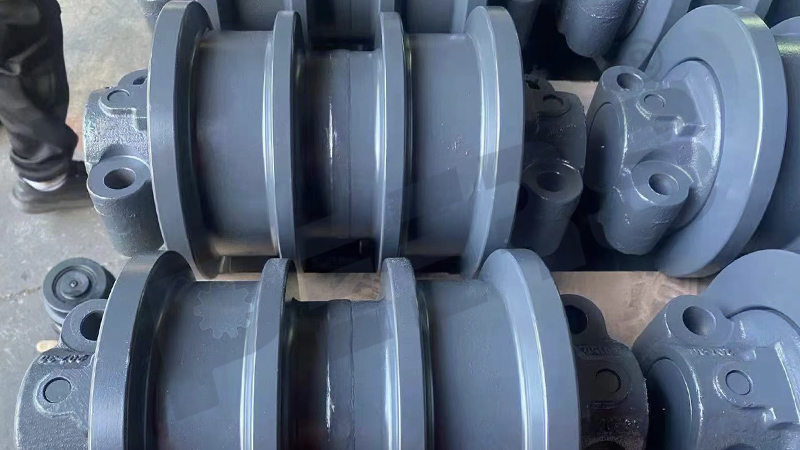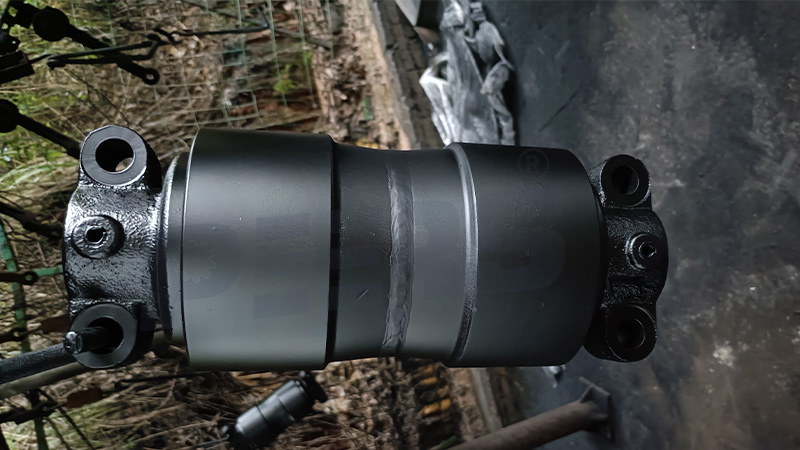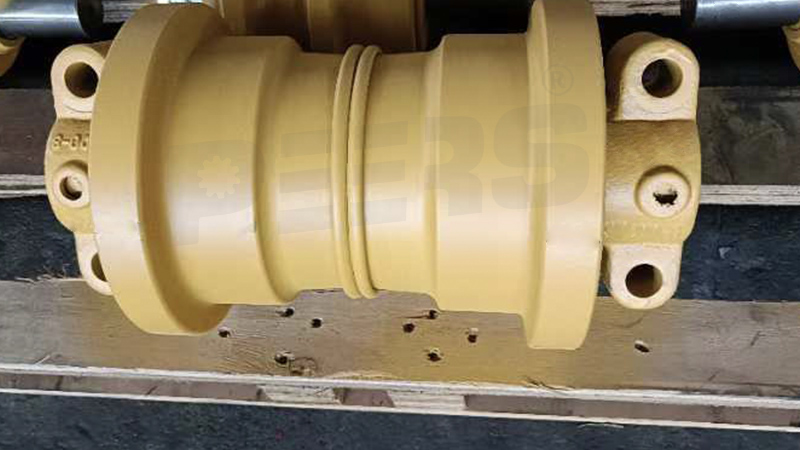Manufacturing high quality of track rollers for heavy equipment is an engineering marvel

Manufacturing track rollers for heavy equipment is a highly specialized process, integral to the construction, mining, and agricultural industries. These components are the unsung heroes of machinery like excavators, bulldozers, and tractors, providing the crucial support and guidance necessary for smooth operation over rugged terrain.

Process below step it necessary:
1. Design and Material Selection
The design of track rollers begins with an understanding of the operational demands they will face. Heavy equipment operates in some of the harshest environments, where components are subject to extreme loads, abrasive conditions, and continuous wear and tear. Therefore, the materials selected for track rollers must be exceptionally durable. Typically, high-strength steel alloys are chosen for their excellent wear resistance and load-bearing capabilities. The steel is often treated with processes like carburizing or induction hardening to enhance surface hardness, further extending the component's lifespan.
2. Precision Engineering
Manufacturing track rollers requires precision engineering to ensure they can withstand the rigors of heavy-duty applications. The process begins with forging or casting the steel into the basic shape of the roller. This initial form undergoes several machining processes, including turning, milling, and grinding, to achieve the required dimensions and surface finishes.
One critical aspect of track roller manufacturing is the accuracy of the bearing surfaces. These surfaces must be perfectly round and smooth to minimize friction and wear during operation. Any deviation can lead to premature failure, which can cause significant downtime and repair costs in the field. To achieve this precision, advanced CNC (Computer Numerical Control) machines are used, which can produce components with tolerances within microns.
3. Heat Treatment and Assembly
After machining, the track rollers undergo heat treatment to enhance their mechanical properties. This process involves heating the rollers to a specific temperature, by controlled cooling. The result is a harder, more wear-resistant surface that can better withstand the heavy loads and abrasive conditions encountered in use.
Once the rollers have been heat-treated, they are assembled with other critical components, including seals and bearings. The seals are particularly important as they prevent dirt, debris, and moisture from entering the bearing area, which could lead to corrosion and failure. High-quality seals ensure the longevity and reliability of the track roller, even in the most challenging environments.
4. Quality Control and Testing
Quality control is a vital part of the manufacturing process. Each track roller must undergo rigorous testing to ensure it meets the required specifications. Non-destructive testing methods, such as ultrasonic testing or magnetic particle inspection, are commonly used to detect any internal flaws or surface defects that could compromise the roller's performance.

Additionally, load testing is performed to simulate the conditions the rollers will face in the field. This testing helps to verify that the rollers can handle the extreme forces exerted on them during operation without deforming or failing.